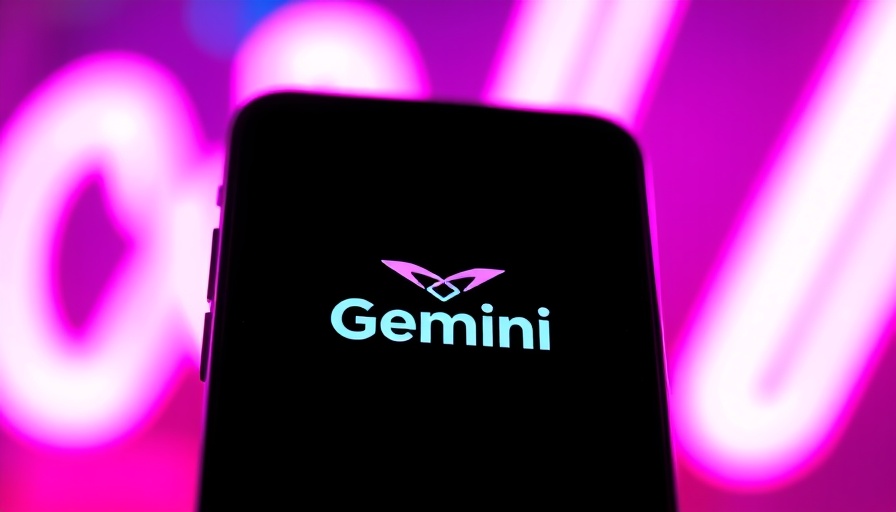
Family Film Recommendations for a Night In
Spring is here, and it’s a perfect time for family movie nights filled with laughter, excitement, and maybe a few life lessons along the way. Whether you’re in the mood for wholesome adventures, captivating dramas, or simply entertaining escapism, there’s something for every age group. Let’s dive into some family-friendly titles that you can comfortably enjoy with your children, along with insights on potential content concerns and how to address them.
Rediscover Disney's Classic Fairy Tale in 'Snow White'
The live-action remake of Disney's beloved 1937 animated classic, Snow White, features a modern take that appeals to both nostalgic parents and a younger audience. While the film has been updated with vibrant visuals and a new soundtrack, it retains the core themes of courage and kindness. It's rated PG and is suitable for children aged 8 and up. However, parents should be aware that the film contains darker elements, including themes of jealousy, betrayal, and violence. For instance, the Evil Queen, played by Gal Gadot, poses significant threats to Snow White, and the narrative includes perilous moments involving crossbow attacks and harsh challenges for the main character.
Shattering Illusions in O’Dessa
For families with older teenagers, the dystopian musical O’Dessa is an intriguing choice. Rated PG-13, this film explores heavier themes set against a post-apocalyptic backdrop. With violence and substance abuse woven into its fabric, it’s more suitable for viewers aged 15 and older. The movie covers dark realities brought about by an authoritarian regime, demonstrating how power can corrupt and control, showcasing both the dangers of addiction and the struggle for liberation. Parents might wish to discuss these complex themes after viewing to gauge their teens’ understanding and feelings about the content.
The Mystery Unfolds in ‘The Residence’
Shifting gears completely, The Residence is another title to check out, streaming for older teens and adults. This comedic mystery set in the White House features Uzo Aduba as an unconventional detective who navigates through treachery and behind-the-scenes chaos. Rated TV-MA, it’s important for parents to evaluate if the language and adult themes align with their family values before viewing.
Lighthearted Fun with BE@RBRICK
If you’re looking for something light and suitable for the younger crowd, BE@RBRICK is a delightful animated option for children aged 5 and up. Bright, lively, and entertaining, this series offers family-friendly content without the concerns that may accompany its more mature counterparts.
Ensuring Enjoyable, Safe Viewing Experiences
Before diving into these movie nights, it’s essential to have a conversation with your kids. Discuss what types of content they feel comfortable with and what themes resonate with them. Encouraging open communication can help mitigate any distressing moments—especially in films like O’Dessa and Snow White—where dark themes and violence are present.
Final Thoughts: Engage and Discuss
Movie nights can serve not just as a form of entertainment, but as a medium for valuable discussions. As you cozy up with popcorn and switch on the screen, think of it as an opportunity to connect with your children on deeper themes of empathy, courage, and resilience. After watching, asking open-ended questions about their perspectives can inspire meaningful conversations and enhance their understanding of the content.
Remember, family movie nights are about creating shared memories. So, gather your loved ones, pick a movie, and enjoy a delightful evening filled with stories, laughs, and perhaps a new lesson learned!
 Add Row
Add Row  Add
Add 




Write A Comment